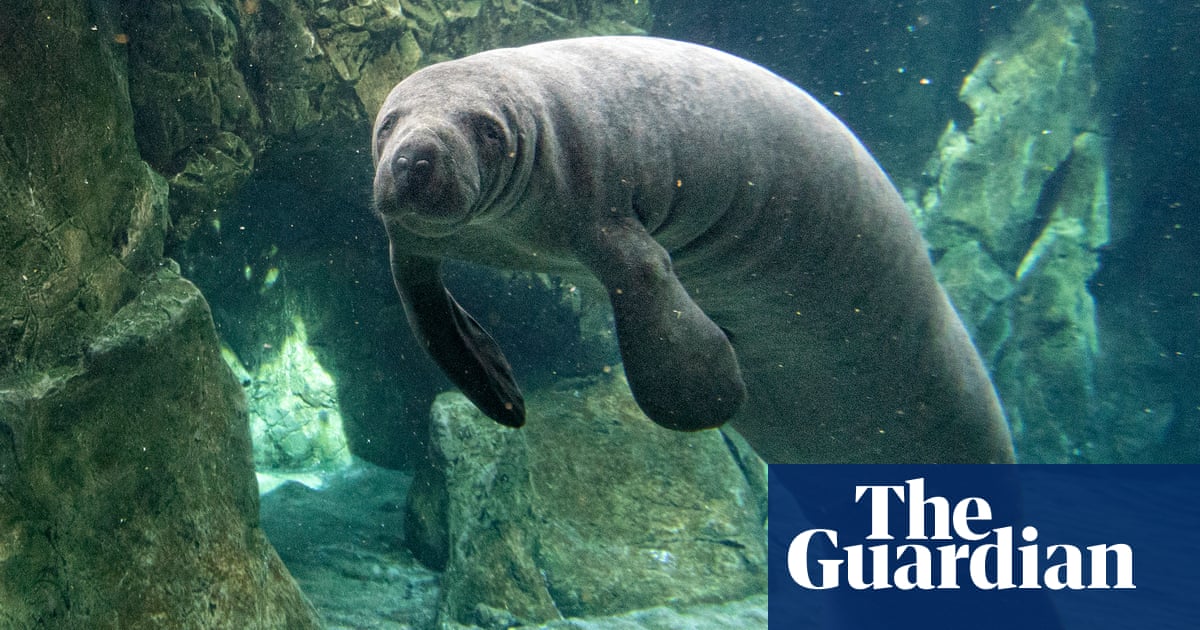
"In November 1741 Georg Wilhelm Steller, theologian, naturalist, and curious man, was shipwrecked on an island between Alaska and Russia. There he found, floating in the shallow waters, a vast sirenian, Hydrodamalis gigas, nine feet long and soon to be known as Steller's sea cow. Having made it through the winter, largely by eating the sea cows, the following August Steller and the remaining survivors of the Great Northern Expedition left the island."
"Having described these events, Finnish author Iida Turpeinen's debut novel goes on to describe the lives of other historical figures, each of whom are touched in some way by the sea cow, now reduced to bones. There is Hampus Furuhjelm, governor of Alaska, in search of a complete skeleton, and his sister Constance, who finds peace and intellectual autonomy among her taxidermy collection."
Georg Wilhelm Steller was shipwrecked in November 1741 and encountered Hydrodamalis gigas, Steller's sea cow, which was hunted to extinction within 30 years. Multiple historical figures are connected through the sea cow's remnants: Hampus Furuhjelm seeks a complete skeleton while his sister Constance finds peace and intellectual autonomy through taxidermy; Hilda Olson works as a scientific illustrator; John Gronvall reconstructs bird eggs and prepares sea cow relics for exhibition. Shared themes include the desire for scientific naming and recognition, the destructive consequences of specimen collection, the dismissal of women's intellect because of sex, and the growing awareness of human-driven extinctions.
Read at www.theguardian.com
Unable to calculate read time
Collection
[
|
...
]